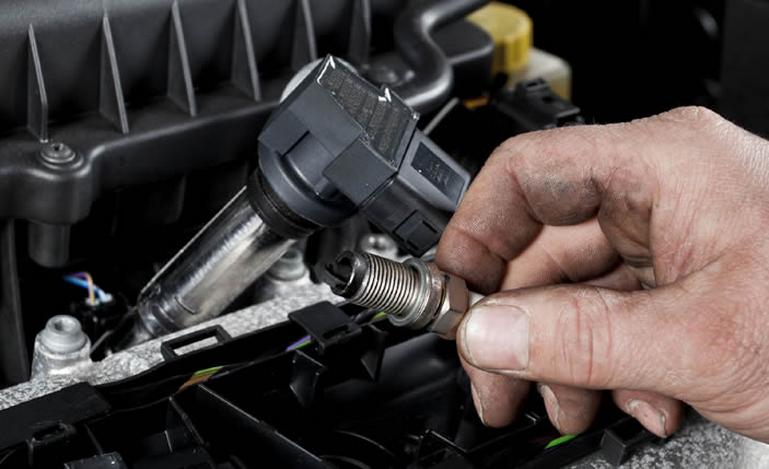
All car petrol engines use spark plugs to ignite the fuel-air mixture in the cylinders, but these plugs gradually wear out and have to be replaced. How often depends on your manufacturer - take a look at your vehicle handbook or Haynes manual for details.
Checklist
- New set of compatible spark plugs
- Spark plug socket spanner
- Torque wrench
- Short length of flexible hose
- Copper grease
- Set of feeler blades or a spark plug gap gauge (if needed)
Step 1 - Preparation
Open the bonnet and remove the HT leads and any obstacles in order to access the spark plugs - see your vehicle handbook or Haynes Manual for more info.
Step 2 - Clearing the Area
Brush or blow away any debris from around the spark plugs, then unscrew them with a spark plug socket spanner and remove them.
Step 3 - Checking the Plugs
Use the feeler blades or the gap setting tool to check the electrode gap of the new plugs, if applicable - see your vehicle handbook or Haynes manual.
Step 4 - Preparing the Plugs
Put a smear of copper grease on the threads of each new plug and screw them into their holes. Use a length of flexible hose to start them off.
Step 5 - Tightening the Plugs
Final tightening of the spark plugs should be done using a torque wrench. See your vehicle handbook or Haynes manual for the correct torque.
Step 6 - Finishing Off
Reconnect the HT leads and refit any other parts that have been removed.
Haynes Hints
- Fit new HT leads if the old ones are cracked, oily or otherwise damaged.
- Cleaning spark plugs with a wire brush or an abrasive cleaner is no longer recommended because of the risk of damaging them.
- Black, sooty spark plugs can be a symptom of a clogged air filter element.
